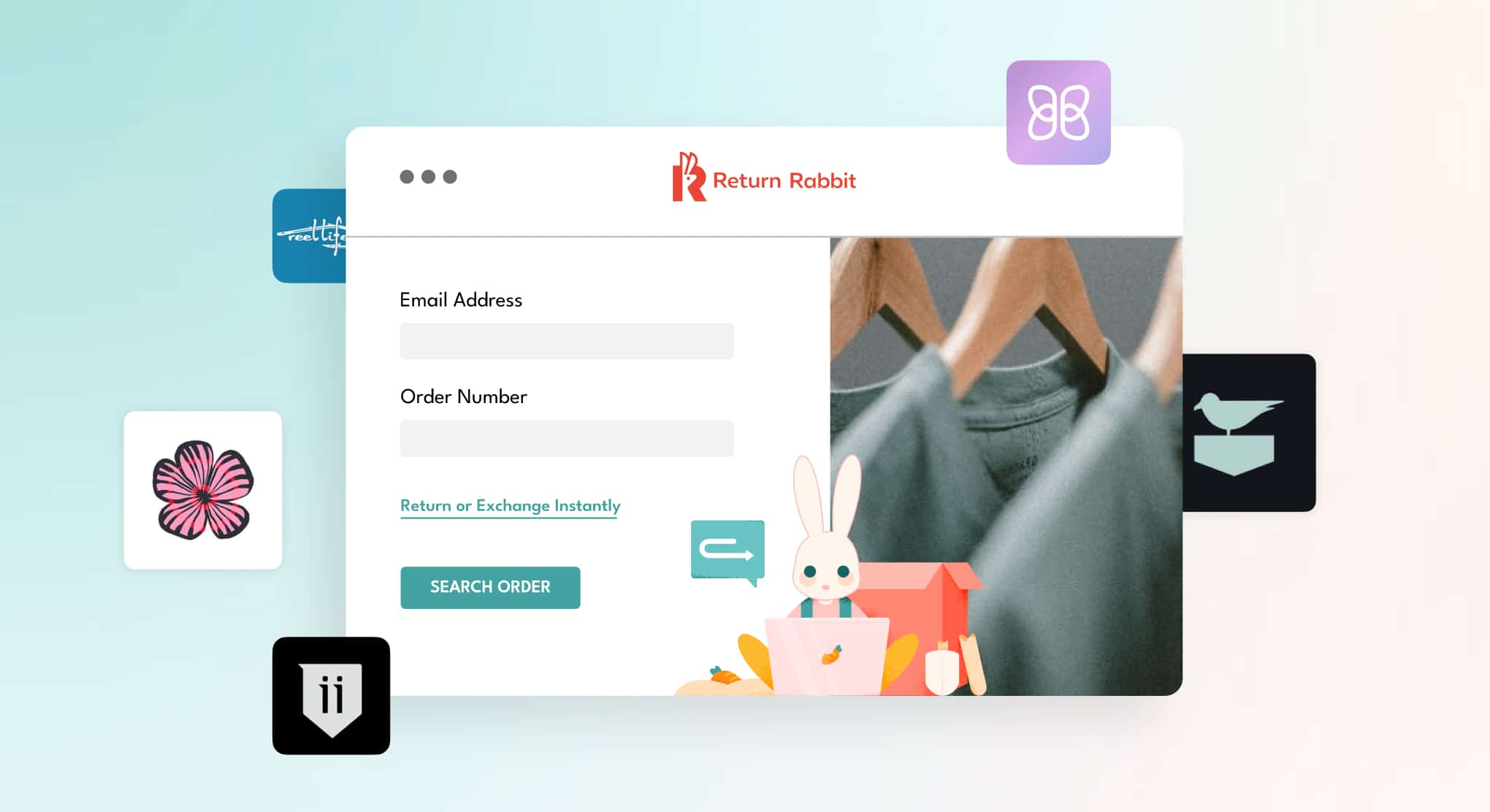A positive brand image and reputation is vital for eCommerce brands as it undoubtedly influences a customer’s decision to purchase a product. Brand image is how consumers view your brand and is greatly influenced by reviews from current and past customers.
Think about how many times you’ve reviewed a product or service before you committed to the purchase. Has a bad review ever swayed your decision? Probably. You’re not alone: 84% of people trust online reviews as much as personal recommendations from friends and family.
Let’s see how you can manage your brand’s reputation through post-purchase reviews and returns management.
Online reviews are essential for your eCommerce business
Online reviews can greatly impact sales numbers, customer decision making, and marketing efforts. That’s why you need to implement a system that encourages your customers to leave reviews and have a member of your team monitor and respond to those reviews.
Only 48% of consumers would consider using a business with fewer than 4 stars. While it’s highly unlikely that every customer interaction will result in a 5 star rating, it’s something to strive for. One way to ensure that your business is putting the best product out there is to utilize customer satisfaction surveys. Not every customer will fill it out, but these surveys contain vital data to improve or expand your product offerings. The feedback you receive could help turn 3 star interactions into 4 stars and so on.
Manage your reputation within returns
In order to have greater control over the post-purchase experience, you need to understand why your customers are returning a product. You can’t eliminate returns completely, so focus on solving the return reasons that you can control.
For example, if your customers are consistently returning items due to incorrect sizing, you may consider creating more comprehensive size guidelines in the product descriptions. Or if your products or packaging are being consistently damaged in transit, that also affects the customer experience.
Every touch point that impacts the customer experience is directly correlated to your brand reputation. By understanding common return reasons and rectifying those situations, you are positively impacting your brand’s reputation.
Take a deep dive into customer behavior
Customers go through a wide variety of emotions throughout their experience with a company. From excitement for their new product to arrive to devastation if the product isn’t what they expect it to be, customers have some emotion tied to every part of the shopping experience.
Understanding the emotions and feelings customers experience throughout their time with your brand unveils a lot of opportunities to improve their experience. Whether that be improving the product or increasing post purchase communication. When this information is intentionally used to build trust with customers, brands will likely see an increase in customer retention rates and in turn, an increase in loyal customers.
Customer retention is one major pillar within the post-purchase experience. Brands that focus on customer retention not only have more loyal customers, but they see a growth in revenue. Increasing retention rates by 5% could help increase your profits upwards of 95%. You can prioritize retention by offering free returns and exchanges or utilizing product satisfaction surveys. And sometimes, a simple ‘thank you’ goes a long way.
View poor reviews as an opportunity
It can be incredibly tempting to ignore bad public reviews, or even delete them entirely. But poor online reviews are actually an opportunity for your brand to regain a customer’s trust. Follow this workflow when your responding to a customer’s bad experience:
-
Make the customer feel heard: Understand their problem and validate their feelings. Ask questions and take the time to figure out what went wrong.
-
Focus on the problem: Take all the necessary steps to solve the problem. That might mean spending more time on item descriptions, talking with customer service, or exploring new shipping options. Focus on what the customer needs.
-
Let the customer edit their review: If you’ve been able to rectify the situation, ask the customer to edit their review!
Your efforts won’t go unnoticed: 97% of customers who read online reviews from other customers also read responses from businesses. How you handle the situation is appreciated by both the original customer and potential customers alike.
Where should reviews go
There are a lot of review platforms available for consumers, but Google is by far the most popular. In fact, nearly 60% of shoppers use Google as their preferred review platform, so it should be top on the list for your customer service team to review.
Enabling product reviews on your website is another popular way to display and post reviews. Product pages with customer reviews bring in 3.5x more conversions than those without. It makes sense—seeing reviews from real customers helps the decision making process immensely. Perhaps a pair of jeans run large or a shirt runs small—having that information available allows customers to make the right decision the first time, without having to go through returns or exchanges.
Take your post purchase experience up a notch
When it comes to brand reputation, you don’t want to mess around. It’s something that takes years to build up, but one bad review or negative customer experience can make it crumble. That’s why you need to prioritize the post-purchase journey. From reviews to returns and exchanges, every interaction matters. See how Return Rabbit can make the process hare-raisingly easy.





